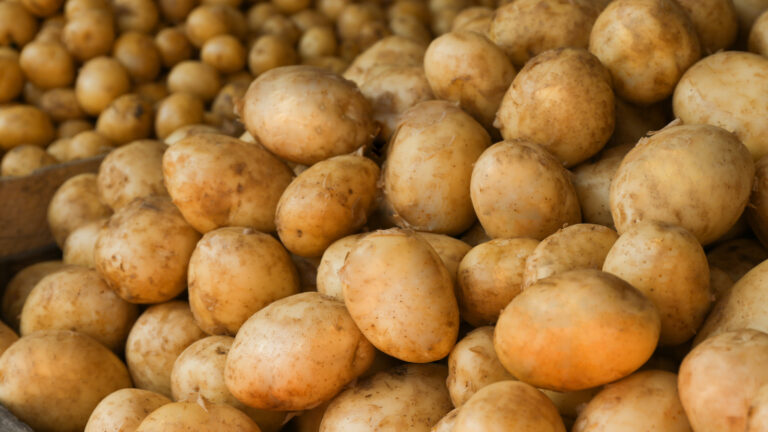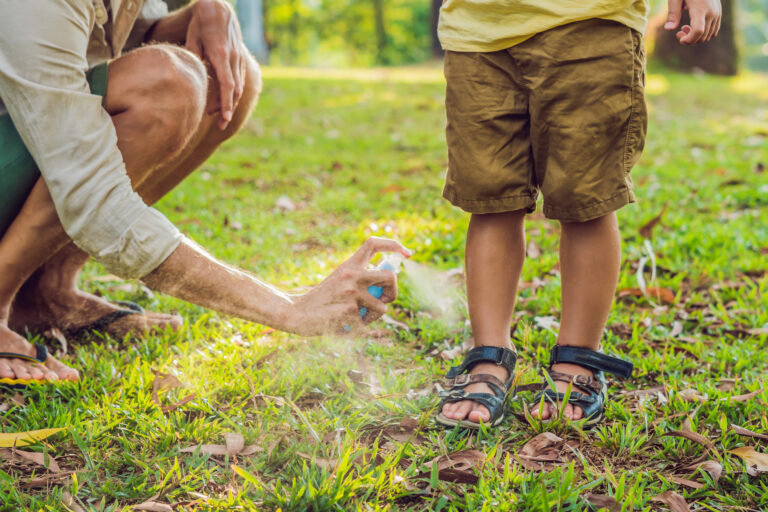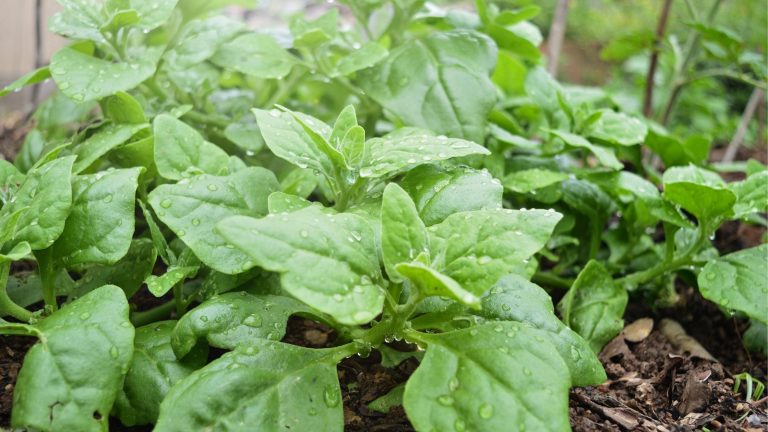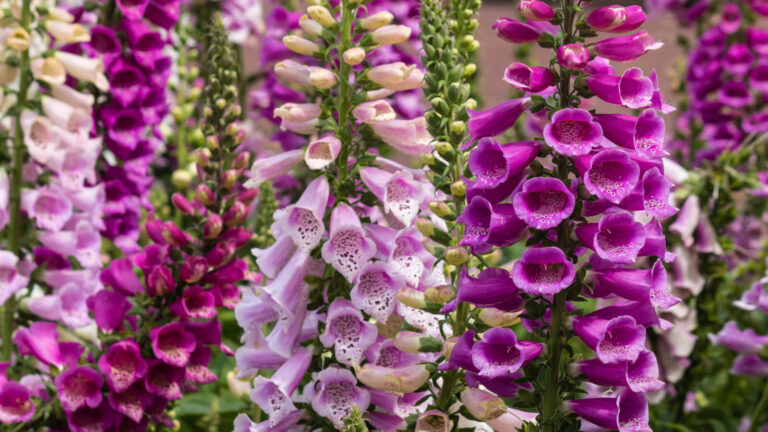This post may contain affiliate links.
In an era where environmental consciousness is on the rise, it is often difficult to understand all the things that are “compostable”.
Understanding what is compostable is crucial for making informed choices in sustainable living and waste management.
In this article, we will provide details on what it means to be compostable and all the things you are able to compost in and around your home.

What are Compostable Materials?
Compostable materials are those that break down into natural, nutrient-rich substances when subjected to composting conditions. Composting is a controlled process that involves the decomposition of organic matter into humus, a valuable soil amendment.
Key characteristics of compostable materials include:
- Specific Conditions: Compostable items require specific conditions to break down effectively. These conditions include the right temperature, humidity, and a balanced mix of green (nitrogen-rich) and brown (carbon-rich) materials.
- Timeframe: Composting generally takes a few weeks to a few months, depending on the materials involved and the composting methods used.
- End Product: The end result of composting is a nutrient-rich compost that can be used to enhance soil fertility.

Distinguishing Factors: Compostable vs. Biodegradable Materials
While both compostable and biodegradable materials contribute to reducing environmental impact, there are key distinctions:
End Products: Composting yields nutrient-rich compost, beneficial for soil health, while biodegradation often results in the release of carbon dioxide and water.
Time and Conditions: Composting generally requires specific conditions and is a relatively faster process compared to the more versatile and time-variable biodegradation.
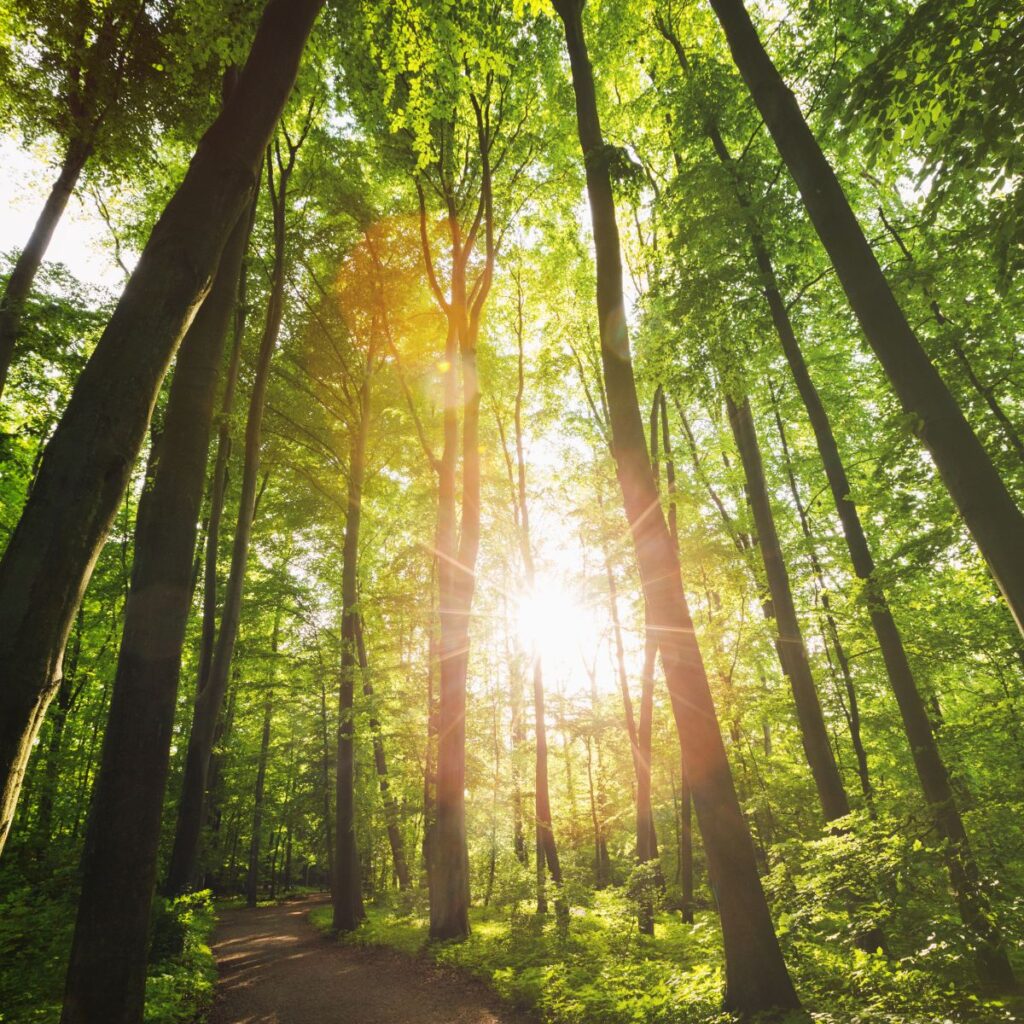
Purpose: Compostable materials are designed for composting facilities, emphasizing a closed-loop system, whereas biodegradable materials break down more widely and may not necessarily result in valuable end products like compost.
Distinguishing Factors: Compostable vs. Recyclable Materials
Nature of Materials: Recyclable materials are typically inorganic and can be reprocessed into new products, while compostable materials are organic and break down into natural substances that benefit soil health.
Collection and Processing: Recycling involves collecting materials for reprocessing while composting requires a controlled environment with specific conditions to facilitate decomposition.
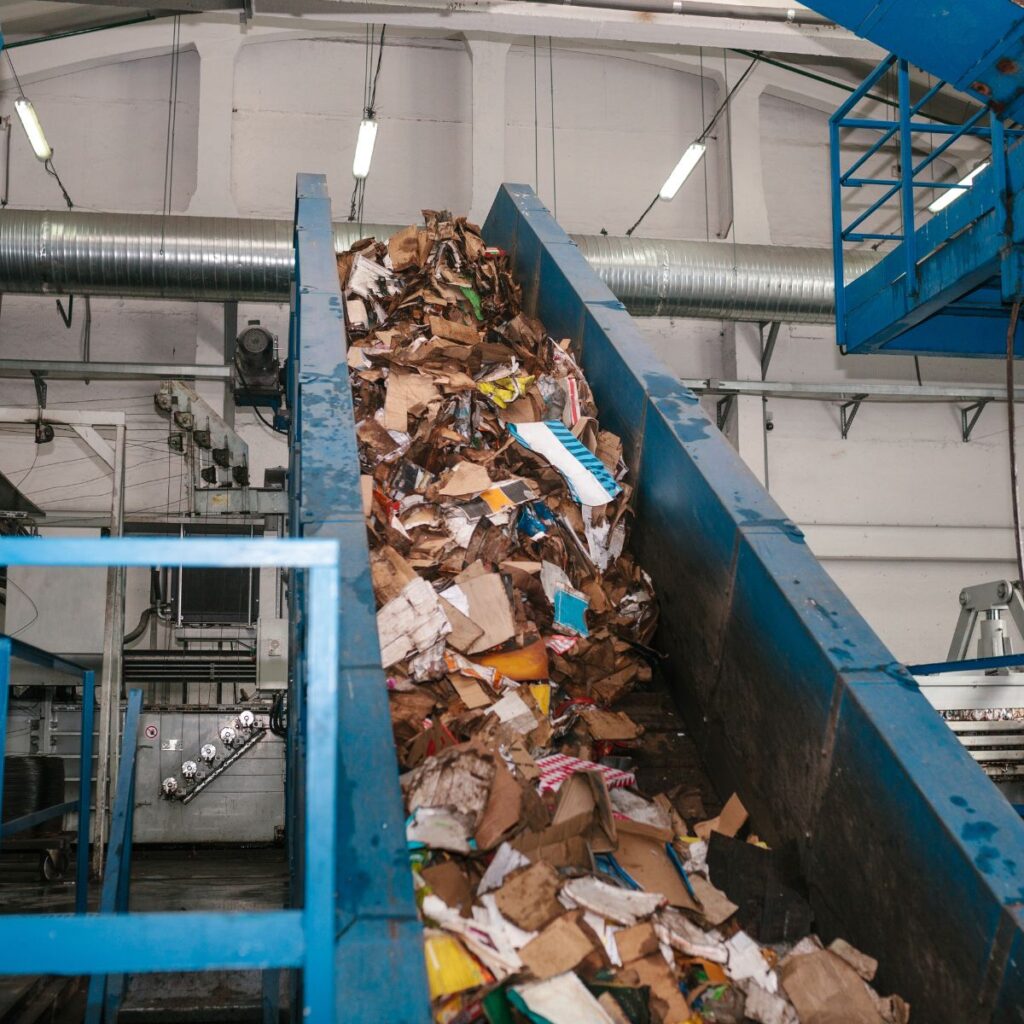
End Use: Recycled materials go through a manufacturing process to become new products, while compostable materials contribute to soil health and fertility.
List of Compostable Items
Here’s a list of common compostable items that can be added to a compost pile or bin:
Fruit and Vegetable Scraps:
- Fruit peels and cores
- Vegetable peels and ends
- Citrus rinds
Coffee grounds and filters:
- Used coffee grounds
- Unbleached coffee filters
Eggshells:
- Crushed eggshells
Tea Bags and Leaves:
- Used tea bags (remove staples if present.)
- Loose tea leaves
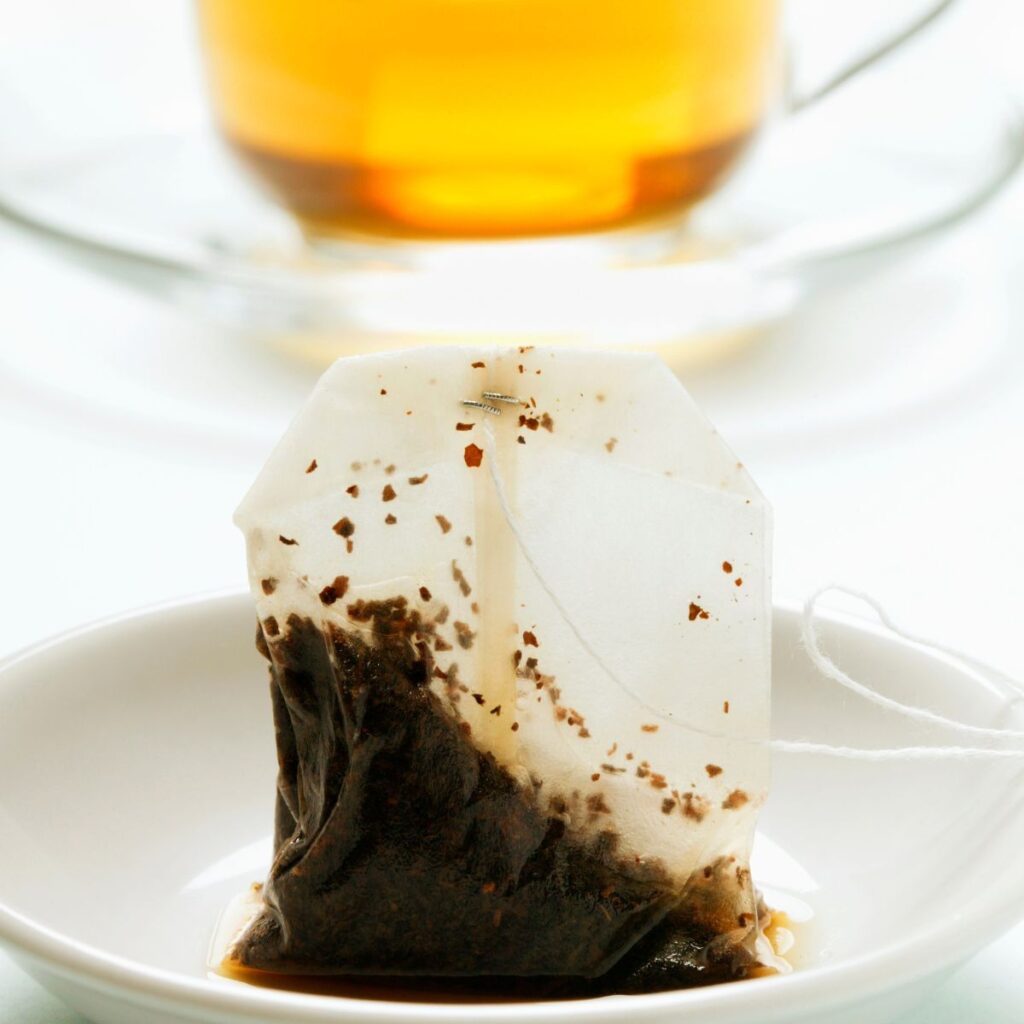
Grass Clippings:
- Freshly cut grass
Leaves:
- Fallen leaves
Yard Trimmings:
- Small branches
- Twigs
Straw and Hay:
- Uncontaminated straw
- Hay
Shredded Paper:
- Newspaper (black and white pages)
- Cardboard (cut into small pieces)
Wood chips and sawdust:
- Untreated wood chips
- Sawdust (from untreated wood)
Plant Trimmings:
- Pruned branches
- Dead plants
Houseplant Trimmings:
- Trimmings from indoor plants
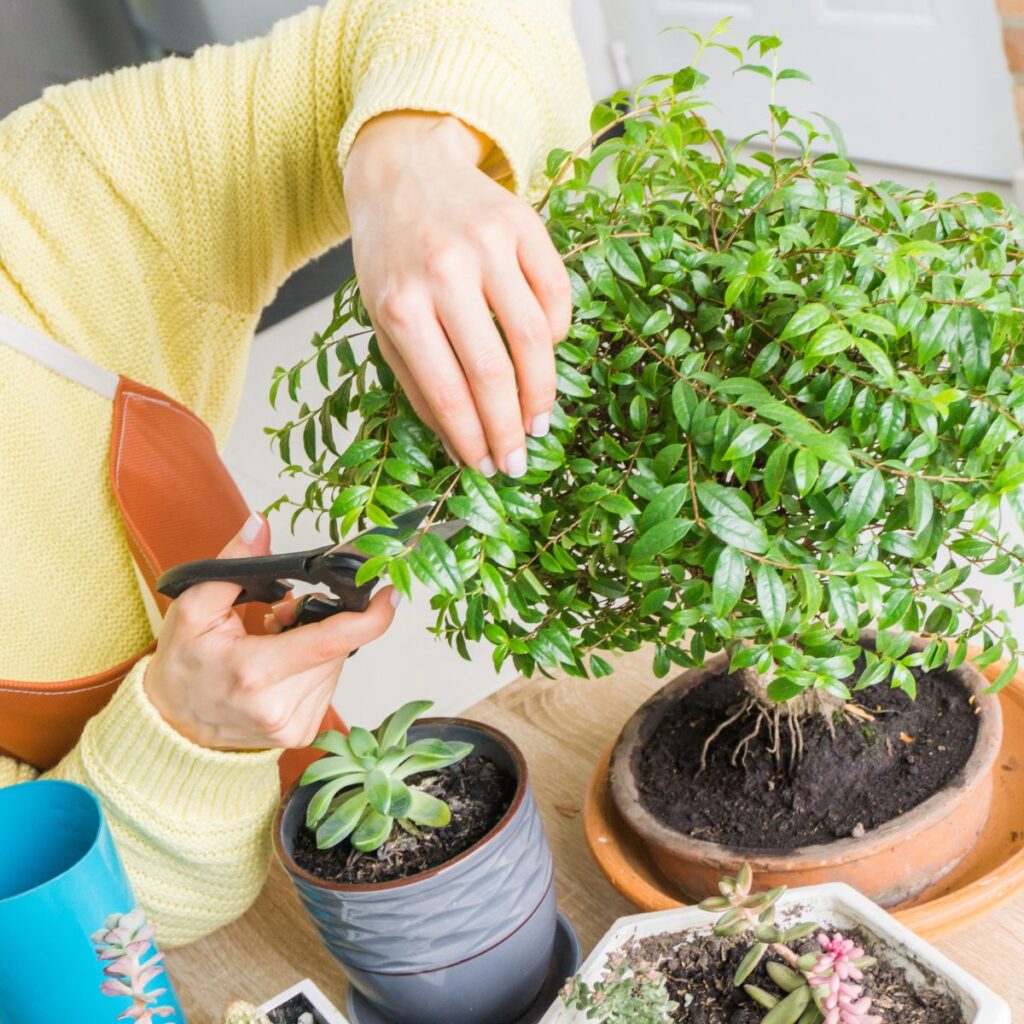
Nut Shells:
- Crushed nut shells (avoid walnut shells, as they can contain substances inhibiting plant growth)
Corn cobs and husks:
- Corn cobs
- Corn husks
Manure:
- Well-rotted animal manure (from herbivores, like cows or horses)
Kitchen Towels and Napkins:
- Unbleached paper towels
- Unbleached napkins
Cotton and Wool Materials:
- Cotton fabric scraps
- Wool fabric scraps
Burlap and jute:
- Burlap bags
- Jute twine
Items That Are Not Compostable
Remember to avoid adding the following items to your compost pile:
- Meat and dairy products: These can attract pests and may not break down properly.
- Oily or greasey foods: These can create an odor and attract unwanted animals.
- Pet Waste: Pet feces may contain harmful pathogens.
- Diseased Plants: Plants infected with diseases may spread in the compost.
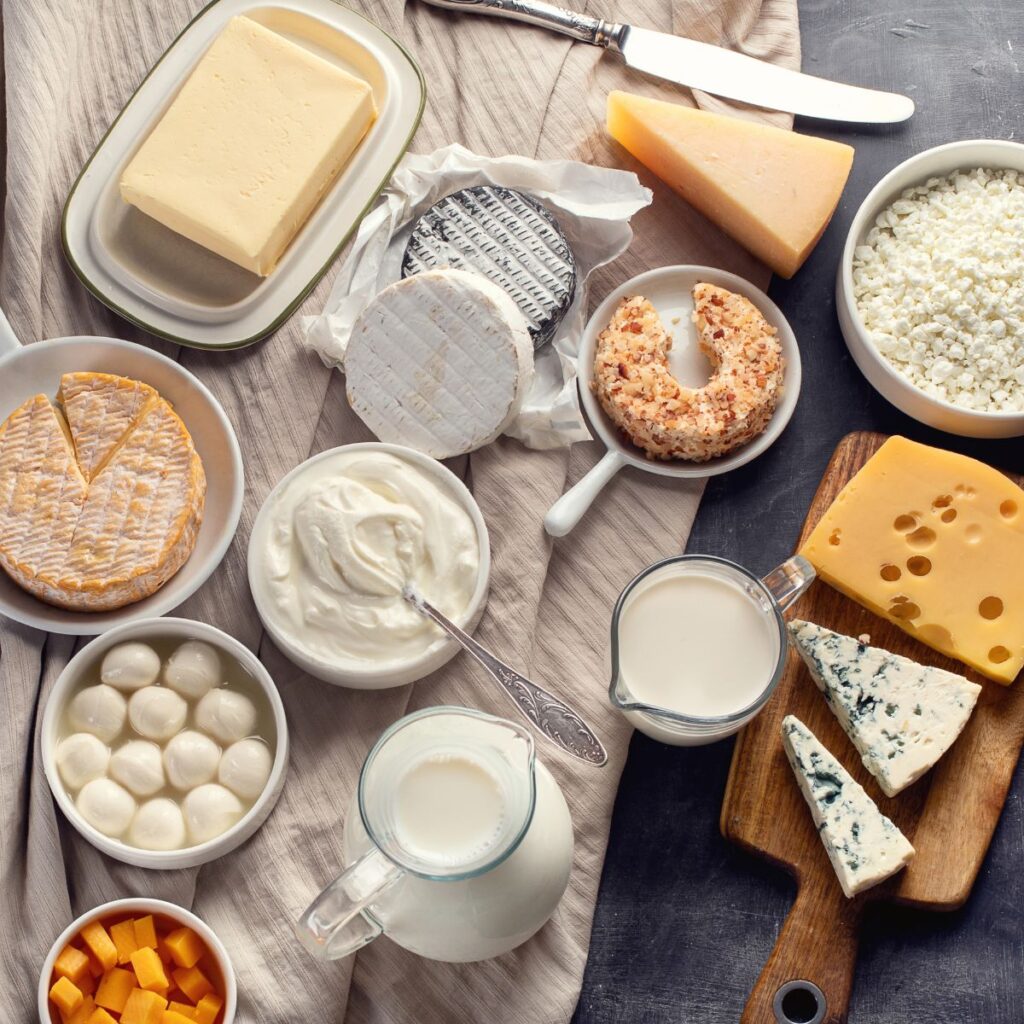
Balancing green (nitrogen-rich) and brown (carbon-rich) materials is essential for successful composting.
